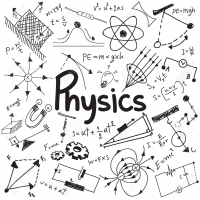Category :
Physics
About :
"First, what is symmetry? How can a physical law be “symmetrical”? The problem of defining symmetry is an interesting one and we have already noted that Weyl gave a good definition, the substance of which is that a thing is symmetrical if there is something we can do to it so that after we have done it, it looks the same as it did before. For example, a symmetrical vase is of such a kind that if we reflect or turn it, it will look the same as it did before. The question we wish to consider here is what we can do to physical phenomena, or to a physical situation in an experiment, and yet leave the result the same. A list of the known operations under which various physical phenomena remain invariant is shown in Table."
"Richard Phillips Feynman (/?fa?nm?n/; May 11, 1918 – February 15, 1988) was an American theoretical physicist known for his work in the path integral formulation of quantum mechanics, the theory of quantum electrodynamics, and the physics of the superfluidity of supercooled liquid helium, as well as in particle physics for which he proposed the parton model."


